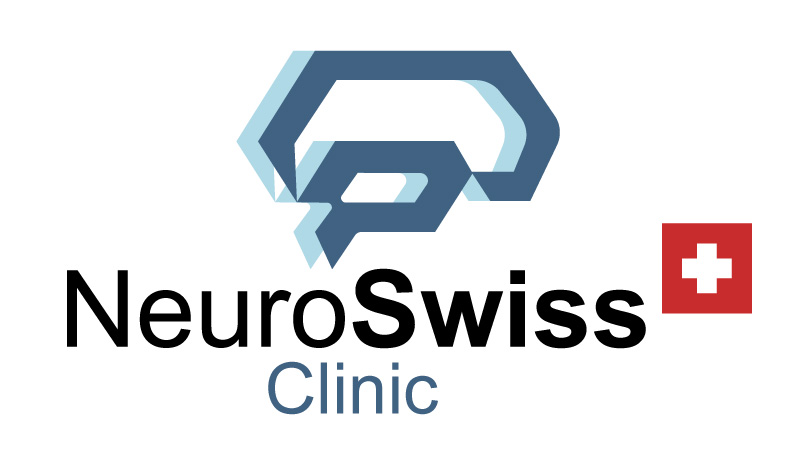Understanding the Brain’s Role and Innovative Treatment Approaches
Addiction is a complex brain disorder characterized by the compulsive use of substances or engagement in behaviors despite harmful consequences. Addictions can manifest in many forms, including substance abuse (alcohol, drugs) and behavioral addictions (gambling, internet use). It is now recognized as a chronic condition affecting the brain’s reward, motivation, and decision-making systems.
What Causes Addiction?
Addiction is driven by multiple factors, including genetics, environmental influences, and brain chemistry. The key brain areas involved in addiction include:
- The reward system: Addictive substances or behaviors activate the brain’s reward circuit, releasing dopamine and producing a feeling of pleasure. Over time, the brain becomes dependent on these external rewards, leading to compulsive behaviors.
- The prefrontal cortex: This region is responsible for decision-making and impulse control. In individuals with addiction, the prefrontal cortex becomes impaired, making it difficult to resist cravings or evaluate long-term consequences.
- The amygdala: This part of the brain regulates emotions and stress responses. Chronic addiction can lead to heightened emotional sensitivity, increasing anxiety and stress when the addictive substance or behavior is unavailable.
Recent research also points to the role of neuroplasticity in addiction. Prolonged substance use or addictive behaviors can alter brain structure and function, reinforcing addictive patterns over time.
Latest Discoveries in Addiction Research
A 2022 study by Volkow et al. found that individuals with addiction have significantly reduced dopamine receptor availability in the brain, particularly in the reward system, leading to a cycle of craving and compulsive behavior. Additionally, neuroinflammation has been identified as a contributor to addiction, with chronic substance abuse leading to inflammation in key brain regions such as the prefrontal cortex and hippocampus.
These discoveries underscore the need for treatments that not only address behavioral aspects but also target the underlying brain dysfunctions associated with addiction.
Innovative Treatment Approaches: iSyncWave, PBM, and Neurofeedback
While traditional treatments for addiction focus on behavioral therapies and medications, new technologies like iSyncWave, Photobiomodulation (PBM), and Neurofeedback offer promising, non-invasive approaches that address the brain’s role in addiction recovery.
iSyncWave for Addiction Treatment
The iSyncWave system provides advanced QEEG brain mapping, which allows clinicians to analyze the brainwave patterns associated with addiction. Studies have shown that individuals with addiction often display:
- High beta waves, indicating anxiety and hyperactivity.
- Low alpha waves, reflecting a lack of calm and relaxation.
- Dysregulation in delta and theta waves, which are linked to impulse control and decision-making.
Through iSyncWave’s real-time brain mapping, clinicians can better understand each patient’s brainwave abnormalities and create personalized treatment protocols using neurofeedback and PBM therapy.
Photobiomodulation (PBM) Therapy for Addiction
PBM therapy uses near-infrared light to stimulate cellular function in the brain, particularly in areas affected by addiction, such as the prefrontal cortex and amygdala. PBM has been shown to:
- Enhance dopamine regulation, helping to restore balance in the brain’s reward system.
- Reduce neuroinflammation, which is linked to cognitive decline and emotional dysregulation in individuals with addiction.
- Promote neuroplasticity, enabling the brain to rewire itself and break free from addictive patterns.
A 2021 study by Gonzalez-Lima et al. found that PBM therapy significantly reduced cravings and improved emotional regulation in individuals recovering from addiction. By enhancing brain function and reducing inflammation, PBM helps restore the brain’s ability to control impulses and manage stress.
Neurofeedback for Addiction
Neurofeedback is a brain training technique that helps individuals regulate their brainwave activity. In addiction treatment, neurofeedback has been shown to reduce cravings, improve impulse control, and promote emotional stability.
A 2020 study by Scott et al. demonstrated that neurofeedback training helped individuals recovering from addiction to reduce anxiety and improve self-regulation. By targeting specific brainwave imbalances, iSyncWave’s neurofeedback system allows patients to train their brain in a controlled, therapeutic environment, improving their ability to resist addictive behaviors.
The Importance of Brain Scanning Before Treatment
Before beginning addiction treatment, conducting a QEEG brain scan is essential to identify the specific brainwave abnormalities associated with the addiction. Brain scanning allows clinicians to personalize treatment protocols based on the patient’s unique neurophysiological patterns, ensuring more effective and targeted interventions.
For example, individuals with heightened beta activity may benefit from neurofeedback sessions designed to reduce anxiety, while those with low alpha waves may require treatments aimed at promoting relaxation. By tailoring treatment to the individual’s brain activity, clinicians can significantly improve the chances of recovery and long-term success.
Conclusion
Innovative treatments like iSyncWave, Photobiomodulation (PBM), and Neurofeedback provide promising new avenues for addressing the brain’s role in addiction. By using personalized brain mapping to target specific dysfunctions, these therapies offer a comprehensive approach to addiction recovery, helping patients break free from the cycle of cravings and compulsive behaviors. As research into addiction continues to advance, these technologies represent a significant step forward in achieving sustainable recovery.
References
- Volkow, N. D., et al. (2022). “Dopamine receptor availability and addiction: A comprehensive review of brain mechanisms.” Nature Neuroscience, 25(1), 3-15.
- Gonzalez-Lima, F., et al. (2021). “Photobiomodulation therapy for addiction recovery: Effects on cravings and brain function.” Frontiers in Neuroscience, 15, 675-687.
- Scott, A., et al. (2020). “Neurofeedback training in addiction treatment: Improving self-regulation and reducing cravings.” Addictive Behaviors, 107, 106-114.
- Koob, G. F., & Volkow, N. D. (2018). “Neurocircuitry of addiction: A neurobiological perspective.” Lancet Psychiatry, 5(3), 260-273.
- Logothetis, N. K. (2019). “Brain imaging and the study of addiction.” Current Opinion in Behavioral Sciences, 28, 1-7.

